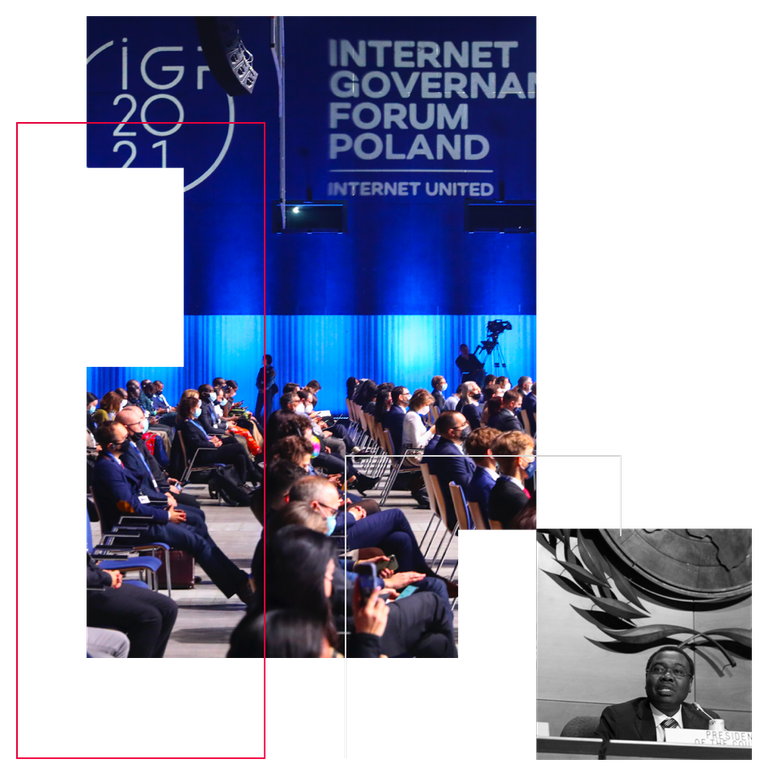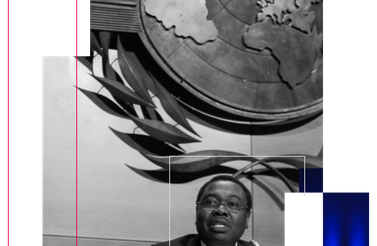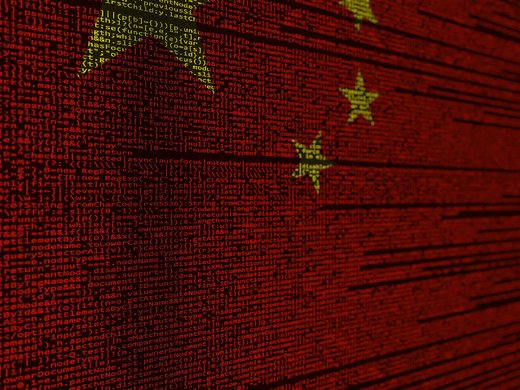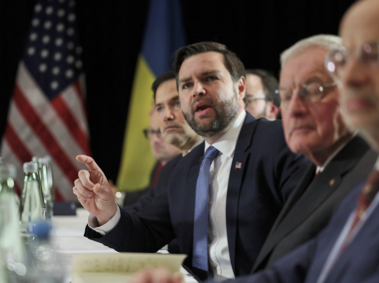As Heidi Tworek effectively demonstrates, even middle powers have choices in the complex international environment of communications governance. Indeed, as an “entrepreneurial state” (Ravenhill 2018), Canada has continued to exert disproportional influence in that world by adopting the various roles she refers to — drawing on technical expertise, playing the role of coordinator or facilitator and building partnerships to achieve its aims.
This entrepreneurial approach has been well illustrated in the International Telecommunication Union (ITU), where Canadians led the three most important reform efforts of the late 1980s and early 1990s. The first was the Independent Commission on World-Wide Telecommunications Development, known as the Maitland Commission. Its report The Missing Link, published in 1985, served to reorient the ITU by establishing the goal of achieving universal service in telecommunications by early in the twenty-first century (ITU 1985). Soon after, Canadians chaired the committee that overhauled the organization’s structure and functions to address the changing telecommunications environment (ITU 1991). Finally, a Canadian steered the automation of the ITU’s spectrum management functions and simplified its governing regulations to modernize and improve use of the radio frequency spectrum.1
In these cases and many others, Canadians drew on their deep technical expertise in telecommunications and their ability to form effective alliances to advance their interests. Canadians also had the advantage of being able to work with the developing world as well as with European states and the United States without bringing the same suspicion of having imperial or commercial interests behind their every action. Canada continues to advance its interests by building coalitions of support in the ITU and in other international bodies, such as the Commonwealth Telecommunications Organization and the Inter-American Telecommunications Commission.
But the world of telecommunications regulation Tworek describes has changed. Long-established international organizations have declined in influence, and new forces have emerged to challenge governments’ supremacy. Two developments are responsible for these shifts. The first is the combination of the rapid evolution of new technologies, such as wireless communications and the internet, along with a decline in government ownership of communications facilities. Together, these shifts have decreased the capacity of government or intergovernmental agencies to exert control.
Long-established international organizations have declined in influence, and new forces have emerged to challenge governments’ supremacy.
The second development is the increasing willingness of many governments, predominantly of developed liberal democracies, to accommodate demands from business and civil society for a greater say in the governance of new communications media.
New technologies have developed and commercialized rapidly. Governments did not anticipate their impending dominance and did not act to ensure national or international oversight. In the case of wireless communications, this resulted in a mixed governance model. Wireless technologies depend on the availability of spectrum for their success, which means that national regulators and the ITU retain a degree of control through the assignment or reassignment of bands of spectrum for wireless use. Yet the international spectrum allocation process generally offers broad and permissive specifications. That leaves space for competition to emerge between companies over the standards to be used by transmission equipment and handsets that form wireless networks. In some cases, the competition emerged among “national champions” — companies based in Europe, the United States, Japan and later China supported by their governments as instruments of industrial policy. In other cases, particularly in the United States, companies competed among themselves over which standards would prevail. But Washington also strongly advocates on behalf of US-based firms in regional and international intergovernmental fora to ensure each competitor has access to their desired spectrum. In contrast, Canada initially followed a “national champion” approach in support of the globally prominent Nortel Networks, but since Nortel’s collapse it has been effectively reduced to a policy taker. Canada also lacks the big global equipment manufacturers that could dominate international decision making. Ottawa has instead chosen to follow the US lead, focusing its efforts on trying to influence the direction Washington takes.
The public’s enthusiasm for wireless services and rapid expansion of the commercial wireless sector continues to grow, but the role of government is increasingly confined to broadly defined authorization of which bands of spectrum can be used for which purposes, and the terms and pricing of its release or its “refarming.” Governance is increasingly a matter for private sector consortiums. As new mobile services arise, such as the Internet of Things, 5G and new space-based satellite services, the ITU itself acknowledges that it has become a part of a wider system. The agency is adapting to the times by providing useful new services, such as maintaining a road map of standards development organizations and their work.2
But while the governance of wireless communications remains a hybrid model, with government retaining a central role, modern communications has come to be almost entirely dependent on the internet as its underlying technology, and there the situation is quite different.
The expansion of the internet provides a dramatic example of how government control over international communications has declined. The origin story of the internet is well known. It was developed primarily by American university-based researchers who did not anticipate its use by the private sector or the general public. Its technical architecture and standards were developed by those same engineers and academics. The network’s expansion to other countries was based on informal agreements among system administrators. Governance of the network was loosely based on protocols developed by engineers working in voluntary organizations, most notably the Internet Engineering Task Force (IETF), an unincorporated body.
A central task for the founding group was to develop a system to ensure data flowed from the sender to the intended recipient. The resulting system consists of a centrally assigned numeric designator for every participating network, and an associated alphabetic name (such as name.com or name.ca), which is easier for users to remember. Together these make up the “phone book” of the internet. As the use of the internet became more widespread, it became clear a more formal and well-resourced entity was needed to manage the assignment of names and addresses. After a lengthy process, in keeping with the deregulatory spirit of the times, the US government issued a consultation document seeking proposals on how to proceed, but with the caveat that the resultant mechanism was not to be managed by any government or intergovernmental organization (Snyder, Komaitis and Robachevsky 2017). Nor was it to become a general-purpose governance body for the internet. Many governments engaged with this process, including that of Canada, as did a range of academic, private sector and civil society groups. The final result was the Internet Corporation for Assigned Names and Numbers (ICANN), structured as a multi-stakeholder policy-making body in which governments played an advisory role. The United States retained the power of final approval over ICANN decisions, which, although rarely used, became a source of conflict. Ultimately, toward the end of the administration of Barack Obama, the White House initiated a process to transition its control into a fully private entity, finally achieving the intent expressed nearly 20 years earlier (National Telecommunications and Information Administration 2016).
The creation of ICANN did not address governments’ broader concern over their lack of levers to govern the internet. This was clearly manifested during the World Summit on the Information Society (WSIS), a two-phase UN-based event held in 2003 and 2005. Overt discussion of internet governance first emerged during the preparations for the first phase, and ultimately became one of the few sticking points in negotiations. Many developing countries as well as several Western democracies sought to have the summit create a formal intergovernmental body to reduce US influence over ICANN’s addressing functions. This event provided an excellent example of how Canada can bring together a range of states to agree on a compromise. The Canadian delegation played a significant role in the final WSIS outcome of creating the Internet Governance Forum (IGF) under the office of the UN Secretary-General. The IGF annually brings together governments, the private sector, civil society and internet technical experts to discuss contemporary issues of internet governance and to provide advice and recommendations to other organizations working on issues that fall within their respective mandates.
The gradual weakening of governments’ power to regulate communications infrastructure has been matched by the rise in the power of the private sector. Washington has had a determinative effect on this change. As described by management professor Fariborz Ghadar (2007), not only has the power and influence of multinational corporations shaped government policy and actions, it also has given rise to a counter force in the form of non-governmental organizations that use internet communications to curb corporate power and promote corporate social responsibility.
Many governments have welcomed the rise of private sector and civil society influence and power in shaping what once were exclusive public sector responsibilities. The increasing reliance on private sector research and the development of communications standards described earlier offers one example. Another is the complex multi-stakeholder model in internet organizations such as ICANN and the IETF.
The Canadian government has championed this model in international communications policy development. Official Canadian delegations to international conferences regularly include representatives from the private sector and civil society. In the ITU context, private sector engagement is encouraged in the development of standards as well as in the decision-making process governing spectrum allocation issues. Canada is a strong advocate in the ITU’s governing body for greater inclusion of and influence for the private sector in the agency’s programs. During the WSIS summits, Canada stood out at first as the only official delegation to include civil society representatives during all stages of the negotiations. While this approach seemed radical at the time, it proved useful, allowing other civil society organizations to understand what was going on behind closed doors and to respond by providing information to government delegates to help them better appreciate the implications of complex or technical issues.
If anything, the shift in power from government toward private sector and civil society actors is becoming more pronounced in the fields of technology and communications. Public concern continues to grow about the impacts of applications such as social media, surveillance and political disruption, accompanied by demands that governments “do something.” Consider, for example, the many grievances against Facebook (now Meta), including the failure of its algorithm to prevent messages urging acts of violence or terrorism, especially in languages other than English, such as those urging violence in Myanmar and Ethiopia (Akinwotu 2021), and the platform’s ongoing struggle to block interference in elections (Scott 2020). Similar complaints have been made about Twitter and Google’s YouTube subsidiary. Google, Meta, Amazon, Apple, PayPal and others are accused of scraping and selling users’ personal data to advertisers or political campaigners, prompting calls for action (Knowledge@Wharton 2019). Governments around the world share concerns about US cultural hegemony on the internet.
A thorough discussion of these problems and attempts to address them is available in a joint CIGI-Stanford University publication, Governance Innovation for a Connected World: Protecting Free Expression, Diversity and Civic Engagement in the Global Digital Ecosystem (Donahoe and Hampson 2018). The platforms claim to be concerned about the negative effects they are accused of and to be working to reduce the impacts on users, but complaints continue to mount. Governments continue to consider responsive legislative and regulatory measures, but the problems persist. It is not clear how, or when, a solution will be found, but it seems likely that the effort will only come to an end when the companies, governments and civil society activists reach a consensus about what that solution should look like.
Governments no longer have the capacity or resources to be the sole authoritative actor in setting policy and enacting regulation over today’s technology and communications matters. A range of new forces are shaping the national and international environment and a variety of new actors have become prominent participants in advocating for and often setting the ground rules. Some areas of agreement about the path ahead include the following.
First, no single institution or group can produce a solution to complex and rapidly evolving challenges in the technology and communications field. Solutions must be sought through multi-stakeholder collaboration.
Second, strong efforts must be made to ensure the inclusion of all stakeholders affected by a policy or its implementation. That requires having an awareness of the breadth of potential impacts, among countries at all levels of development, but also across social, cultural and economic divides. Any attempt to impose a policy or rule without having adequately engaged with stakeholders is likely to fail or to result in ongoing conflict.
Third, multi-stakeholder processes must be adequately resourced. The current international system is struggling in this respect. Multi-stakeholder efforts, such as the IGF, have not secured sustainable funding for operations or civil society participation. What are often less formal processes do not fit into established mechanisms for funding by governments or UN agencies.
Each of these conditions will be most successfully met if all actors are adaptable and take a flexible approach to working methods. Much work has already been done by experts and groups looking at the problems of governance in the current communications environment, and there appears to be convergence that a new set of norms or a new social contract is needed, based on principles such as those above. This body of work includes reports such as One Internet (Global Commission on Internet Governance 2016), Advancing Cyberstability (Global Commission on the Stability of Cyberspace 2019), Ronald J. Deibert’s 2020 Massey Lectures (Deibert 2020) and Joseph Nye’s recent proposal to achieve “the end of cyber-anarchy” (Nye 2022).
The internet is now the technological underpinning of the world’s communications systems. Lessons learned from its evolution suggest the kind of governance practices that are likely to be useful more broadly in the technology and communications sector. Examples such as ICANN’s transitioning away from US government control offer lessons for the creation of new collaborative efforts. Some traditional institutions, such as the United Nations and several of its agencies, already have successfully expanded cooperation with business and civil society. Canada has often been a catalyst for a more inclusive approach. As Tworek concluded in her essay, Canada does have choices, and the menu is only becoming more varied.




